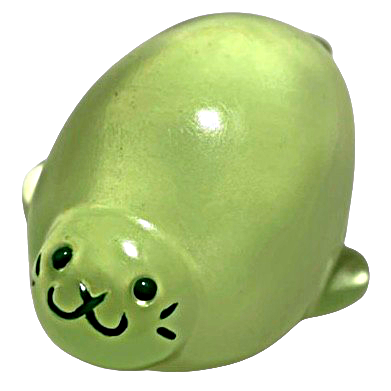Don't wanna be here? Send us removal request.
Text

Gold and lapis lazuli earring, Egypt, 19th Dynasty, 1295-1186 BC
from The Metropolitan Museum of Art
2K notes
·
View notes
Text

Velvet brocade purse, Northern European, late 15th century. From The Cloisters Collection, 1952.
3K notes
·
View notes
Text




Quick macro photos of sunlit leaves on a windy day!
9 notes
·
View notes
Text


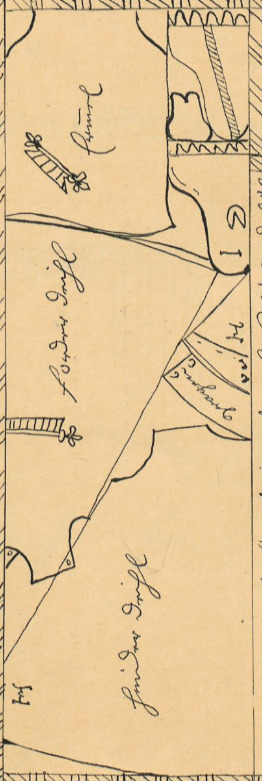
Patterns for riding gowns, late 16th (or early 17th) century As people still go crazy about the beautiful riding gown from Saxony I posted some time ago, I decided to share some period patterns for similar garments. These patterns are from a later copy of the Schwabach pattern book and were most likely used for training and testing the members of the Schwabach tailor´s guild. While these patterns are not to scale, they can still serve as a starting point if you want to make your own 16th century riding gown. Schwabach pattern book: https://digishelf.de/objekt/77488794X/19/ Top photo: Riding gown exhibited at the SKD Dresden, Germany
179 notes
·
View notes
Text

Rock looted by Elector Moritz of Saxony, mid-16th century This velvet Rock was looted by Elector Moritz of Saxony after he tried to hunt down Emperor Karl V. in 1552. While the Emperor managed to flee, he had to leave behind huge parts of his baggage. Moritz then took this garment back to Saxony as a trophy. As the red cross sewn to the front of the Rock is the symbol of the Catholic Order of Calatrava, it was a fitting trophy for the Protestant Elector Moritz. The Catholics got their revenge just one year later, when Moritz was shot dead during the battle of Sievershausen. Exhibited at the Rüstkammer in Dresden, Germany.
269 notes
·
View notes
Text

1920s Schneider chandelier. From Art Deco and Art Nouveau, FB.
1K notes
·
View notes
Text

1928 Henri Piazza "Les Fete Galantes" from Inger Sheil, FB.
649 notes
·
View notes
Text


Cosmetic or perfume jar (aryballos) in the form of a hedghog, Egypt, 6th-5th century BC
from The Walters Art Museum
501 notes
·
View notes
Text

Warwick Reynolds (British, 1880-1926) - Prosperity
8K notes
·
View notes
Text

Glass bead necklace with rock crystal pendant, Korea, 3rd-5th century AD
from The Brooklyn Museum
694 notes
·
View notes
Text
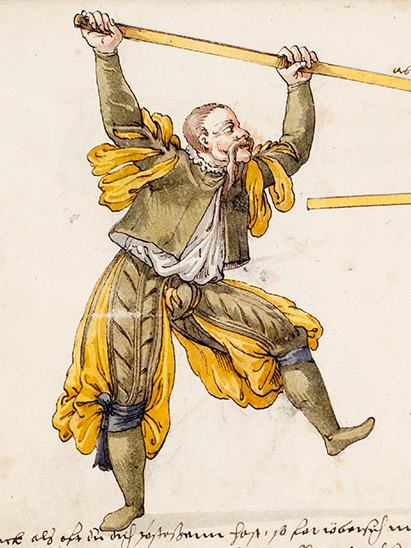
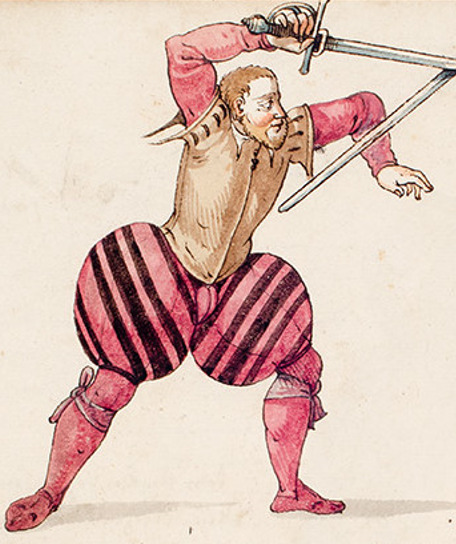


Fencers from Joachim Meyers untitled 1561 manuscript. Some of the worst best outfits from a fencing book written by renowned master Joachim Meyer, who hired an unknown painter to produce these indiscribable fashion crimes. I would still wear this though.
132 notes
·
View notes
Text
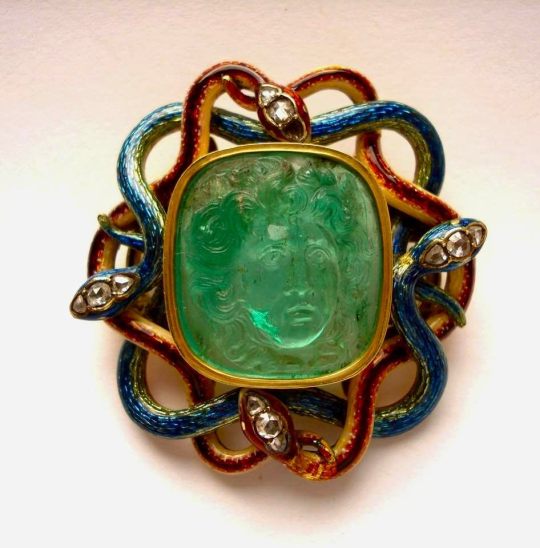
A bracelet clasp with a Medusa on an emerald cameo. Gold is treated with diamond and enamel. 18th century. Made in England.
18K notes
·
View notes
Text




Fencers from Joachim Meyers untitled 1561 manuscript. Some of the worst best outfits from a fencing book written by renowned master Joachim Meyer, who hired an unknown painter to produce these indiscribable fashion crimes. I would still wear this though.
132 notes
·
View notes








